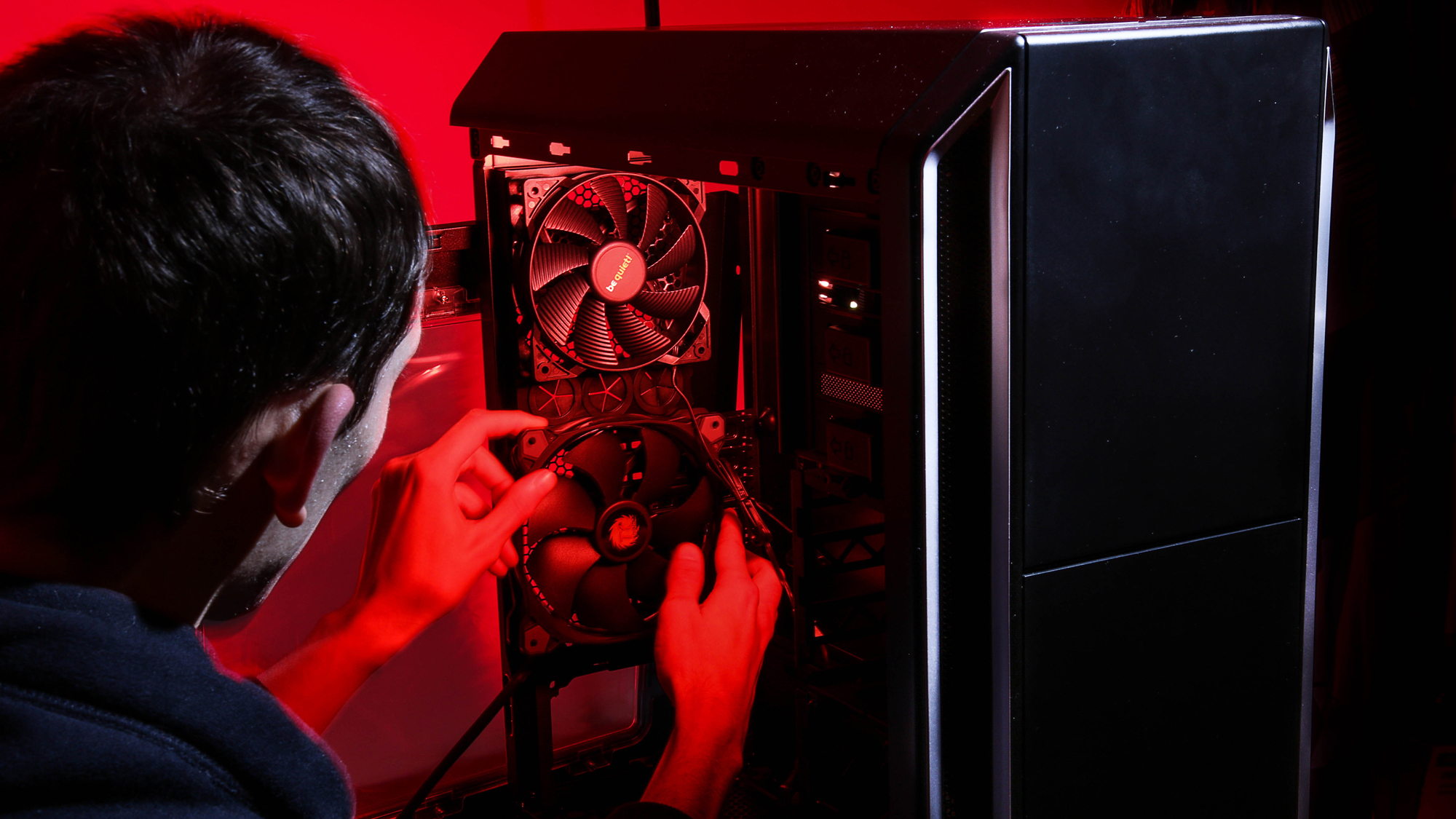how to build a gaming PC

Building your own gaming PC is an exhilarating adventure that melds creativity with technology. Whether you’re a seasoned gamer or a novice stepping into the gaming realm, constructing a personalized rig ensures you get the most out of your gaming experience. Here’s a comprehensive guide on pafimojosari.org, punctuated with insights and tips to help you achieve the ultimate setup.
Planning and Preparation
Before diving into the assembly, meticulous planning is paramount. Start by defining your budget. Determine what you can afford to spend, and remember, this will significantly influence your choices. Investigate the latest trends and compare them with your gaming needs. Are you aiming for a system that surpasses the performance of the latest gaming laptops 2024? Or perhaps you seek a balanced setup without breaking the bank.
Choosing the Right Components
- Processor (CPU): The brain of your PC. Opt for a high-performance CPU from AMD or Intel. The choice depends on your budget and performance requirements. For example, AMD’s Ryzen 9 or Intel’s Core i9 are excellent choices for high-end gaming.
- Graphics Card (GPU): Arguably the most crucial component for a gaming PC. The latest GPUs from NVIDIA and AMD offer exceptional performance. Consider models like the NVIDIA RTX 4080 or AMD Radeon RX 7900 XT for top-tier graphics.
- Motherboard: Ensure compatibility with your CPU and GPU. Look for a motherboard with the right chipset and features such as PCIe 4.0 support and sufficient slots for RAM and SSDs.
- Memory (RAM): At least 16GB of RAM is recommended for modern games. For enhanced performance, opt for 32GB or higher. Ensure it matches your motherboard’s specifications.
- Storage: A combination of SSD and HDD is ideal. An SSD ensures quick boot times and fast game loads, while an HDD offers ample storage for your game library.
- Power Supply Unit (PSU): A reliable PSU is critical. Calculate your power requirements and choose a unit with a little extra wattage to accommodate future upgrades.
- Case: Your PC case not only houses all components but also affects cooling and aesthetics. Choose one that offers good airflow and space for all your hardware.
- Cooling System: Proper cooling is essential to maintain performance. Depending on your setup, you might need additional fans or even a liquid cooling system.
Assembly Process
- Preparation: Gather all components and tools. Ensure you have a clean, static-free workspace.
- Mounting the CPU: Carefully place the CPU into the motherboard socket. Apply thermal paste and attach the CPU cooler.
- Installing RAM: Insert RAM sticks into the motherboard slots, ensuring they click into place.
- Mounting the Motherboard: Secure the motherboard inside the case. Connect power cables from the PSU.
- Installing Storage: Attach SSDs and HDDs to the appropriate slots or bays within the case.
- Connecting the GPU: Place the GPU into the PCIe slot on the motherboard. Secure it and connect any necessary power cables.
- Final Connections: Connect all remaining cables, including those for case fans and front panel connectors.
- Power On: Double-check all connections. Plug in the PSU and power on the system. If everything is connected correctly, your PC should boot up.
Software Installation
After assembling your PC, the next step is installing the operating system. Most gamers opt for Windows due to its extensive game library compatibility. Once Windows is installed, update your drivers, particularly for the GPU, to ensure optimal performance. Install essential software like an antivirus program, and keep investigating cybersecurity trends to protect your new rig from threats.
Finishing Touches
Customizing your gaming PC goes beyond just hardware. Personalize your system with RGB lighting, custom cables, and aesthetic touches that reflect your style. Consider peripherals like high-refresh-rate monitors, mechanical keyboards, and precision gaming mice to complete your setup.
Seeking Help
Building a gaming PC can be daunting, especially for beginners. Don’t hesitate to seek help. Many local computer repair services offer assembly and troubleshooting assistance. They can also provide advice on maintenance and upgrades.
Budget Considerations
While high-end components offer incredible performance, not everyone has an unlimited budget. Finding the best budget smartphones under $500 proves that you can get excellent tech without overspending, and the same applies to PC building. Balance your investment across components to ensure a robust and well-rounded gaming experience.
Conclusion
Embarking on the journey of how to build a gaming PC is rewarding and educational. It allows you to tailor your gaming experience to your preferences and needs. By carefully selecting components, following a systematic assembly process, and staying updated with the latest trends, you can create a powerhouse that will handle any game you throw at it. Happy building!

-3.png?width=698&height=393&name=blog%20image%20Salima%20(1)-3.png)
